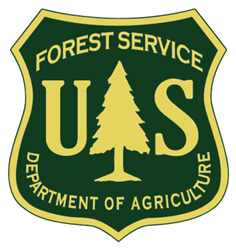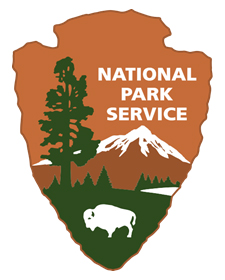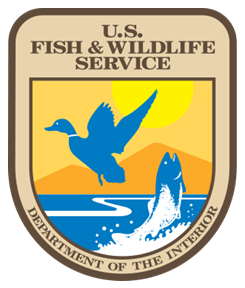Most of the current land use concerns relate to federal lands controlled by four federal agencies: Bureau of Land Management, U.S. Forest Service, National Park Service, and Fish and Wildlife Service. The following is a brief description of the major players.

The U.S. Bureau of Land Management (BLM) is part of the Department of the Interior and administers the bulk of federal lands. The BLM manages about 262 million acres of federal land. This is about one-eighth of all of the land in the United States and 42% of all federal lands.The BLM was initially created to manage range lands for use by mining, grazing, oil and gas development. Its role was expanded in 1976 to include recreation and wilderness. It manages 2% of the 'National Wilderness Preservation System' (161 separate wilderness areas) along with a large amount of land that has been reserved as 'potential' wilderness (which are called 'Wilderness Study Areas').

The U.S. Forest Service (USFS) is part of the Department of Agriculture and oversees the National Forests. Among the purposes of its supervision is ecological protection and public access. The USFS is responsible for managing about 191 million acres (about the size of Texas) comprising 155 national forests and 20 grasslands, which is 30% of all federal lands. Within that acreage, it manages 18% of the National Wilderness Preservation System (406 separate wilderness areas) along with a large amount of land that has been reserved as potential wilderness.

The National Park Service (NPS) is part of the Department of the Interior and manages land set aside for its natural, historical and cultural resources and for recreation. This includes 51 national parks and more than 300 national monuments, historic sites, memorials, seashores, and battlefields. The NPS manages about 81 million acres of federal land, which is 13% of all federal lands. Within that acreage, it manages 56% of the National Wilderness Preservation System (54 separate wilderness areas) along with a large amount of land that has been reserved as potential wilderness.

The U.S. Fish and Wildlife Service (FWS) is part of the Department of the Interior and conserves the nation's wild animals and their habitats by managing a system of more than 500 national wildlife refuges and other areas, totaling about 91 million acres of land and water. The FWS manages 15% of all federal land, of which 22% is part of the National Wilderness Preservation System (71 separate wilderness areas) along with a large amount of land that has been reserved as potential wilderness. The FWS also administers the Endangered Species Act, making decisions on whether there should be public access to certain lands.
